Choosing the right child restraint or booster seat for your child is important to ensure that they are travelling as safely as possible. When considering which restraint to purchase your child, there are a number of things to consider, including:
- Does the restraint comply with Australian Standards? All restraints sold and used in Australia must comply with the Australian Standard. When purchasing your child’s restraint, look for the standard’s sticker on the restraint and wording on the packaging that states it complies with AS/NZS 1754.
- Is the restraint right for your child’s size?
- How well will the restraint fit into your vehicle?
The Child Restraint Evaluation Program (CREP) provides independent information on the level of protection from injury in a crash provided by different restraints, along with the ease of which restraints can be correctly used. For more information on the CREP program or to view the test results, please visit www.crep.com.au.
Second hand restraints
Second hand restraints should be used with caution. If you are considering using a second hand restraint there are a few things to consider, including:
- Does the restraint meet the AS/NZS 1754? This information can be found on the restraint.
- Are you aware of the history of the restraint? Restraints that have been involved in a serious crash should not be used.
- Does the restraint come with all parts, including the instruction booklet?
- Is the restraint less than 10 years old? Child restraints over 10 years old should not be used – you can find the date of manufacture printed on the restraint.
- Is the restraint in good condition with no splits, cracks or stress marks on the restraint shell and no frayed, worn or damaged straps?
Post Views: 950

